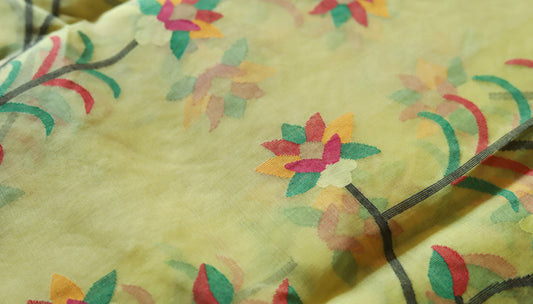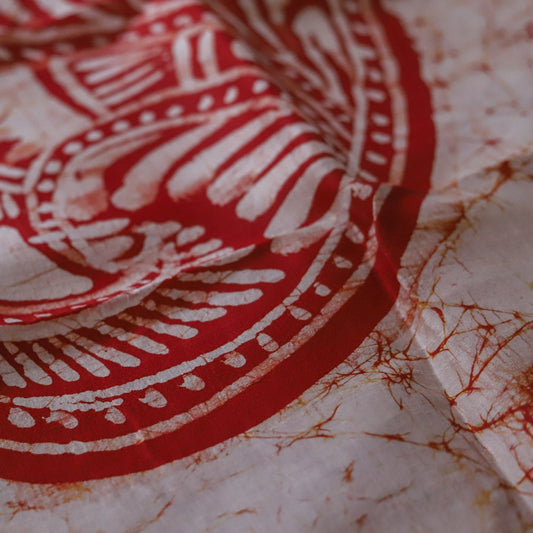
Folk toys

Folk toys had it’s origin in the late 18th century during the reign of Maharaja Krishna Chandra Ray in Krishnanagar, Nadia district of West Bengal, who was a patron of the arts. In 1728, he brought families of potters from Dhaka and Natore (in present-day Bangladesh) to Ghurni and supported the production of folk toys. Since then, the artisans have been living there and making clay dolls, toys and even sculptures commonly called "Matir Putul".
Ghurni is a place in the neighborhood of Krishnanagar, in the Nadia district of West Bengal. What makes it remarkable is that these toys are tiny between three to six inches in height, portray folk lifelike ordinary Bengali men and women.
The toys are made with clay deposits from the banks of the River Ganges called "Atail Mati" . The incredibly soft soil is moulded into a intricate folk figures of Baul (folk) singers, Folk dancers of forms like the Brita dance, the Gambhira dance, the Santhal dance, the Lathi dance and the Chhau dance.
The artisans use metal wire or wooden blocks to create the skeletal structure for the toy, then work with delicate tools to craft the clay. The toys are baked in a kiln in modern times while it was dried under sun traditionally to retain the moulded shape of the toy. It is coated with varnish, painted, and then costumed with miniature clothing and accessorised.
These miniatures are stylistic representations of life, realistic figures which are intricately hand moulded with fine details and completed with clothes & accessories. These are made of clay in parts and assembled together with the help of wooden blocks or metal wire.



